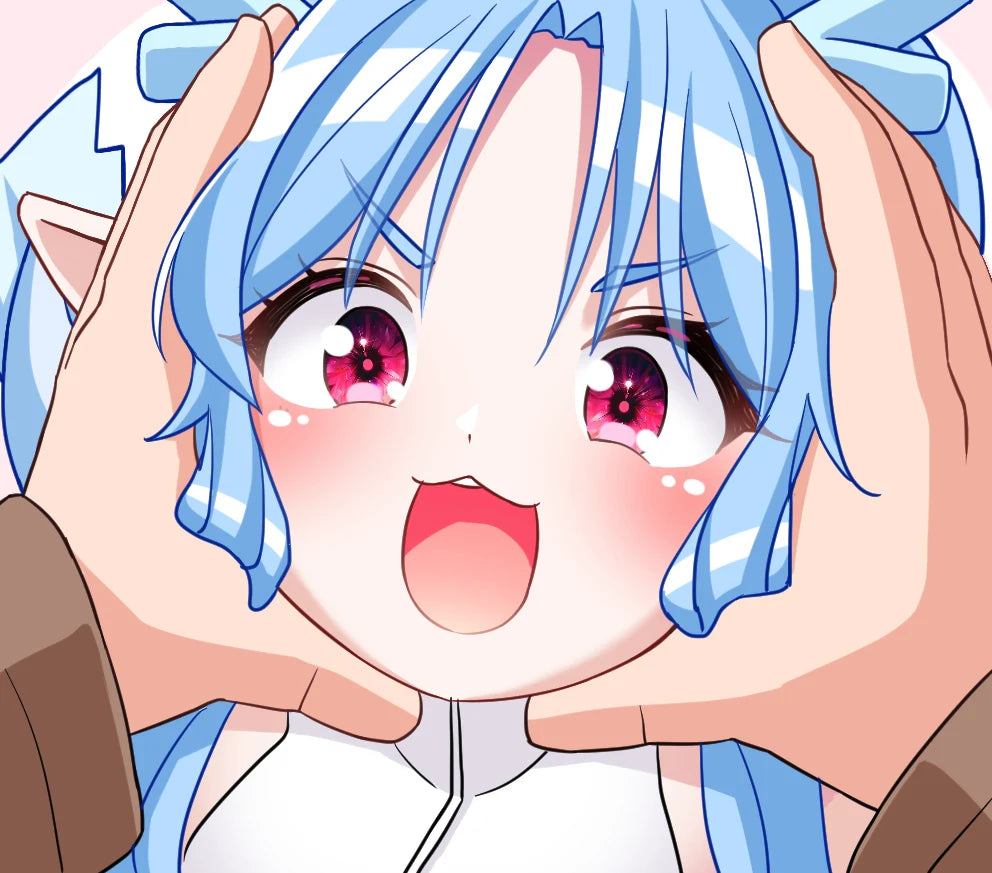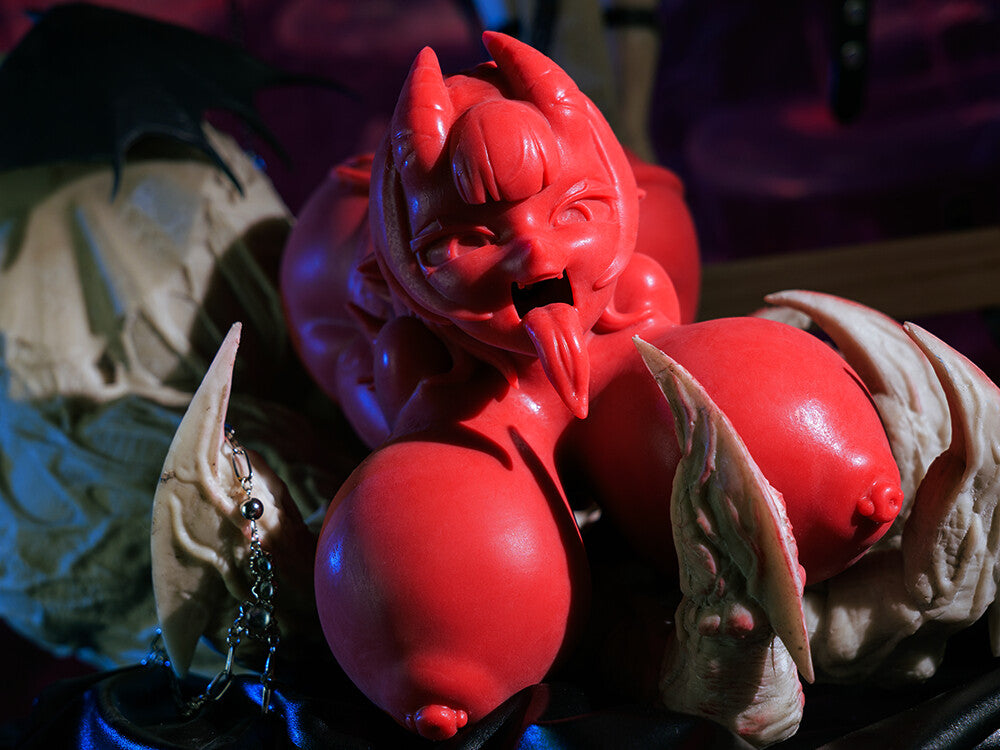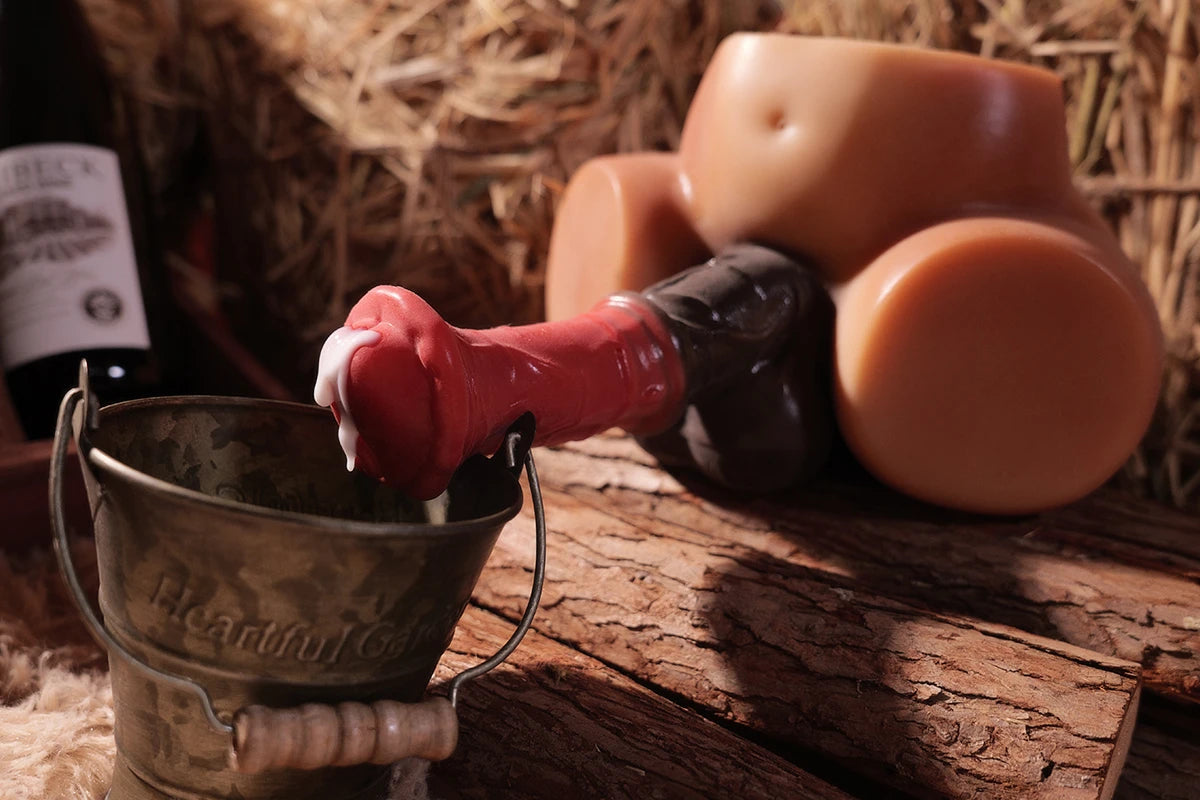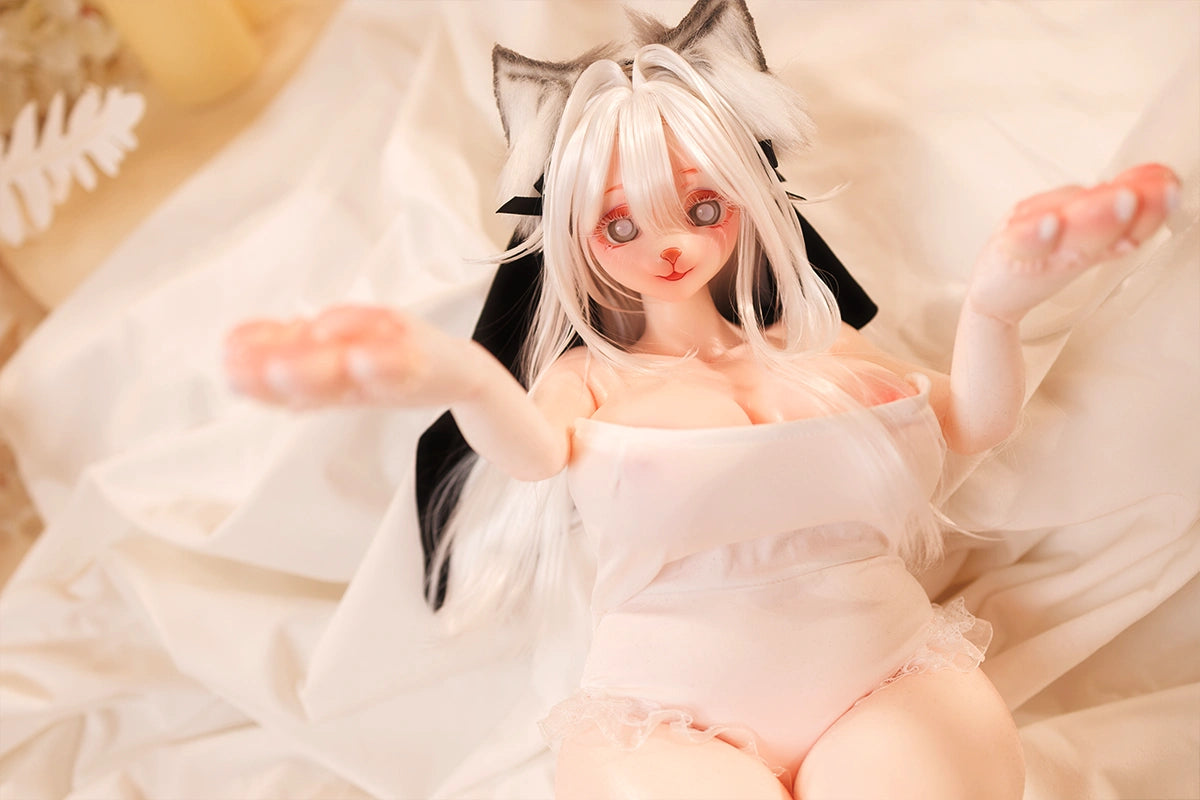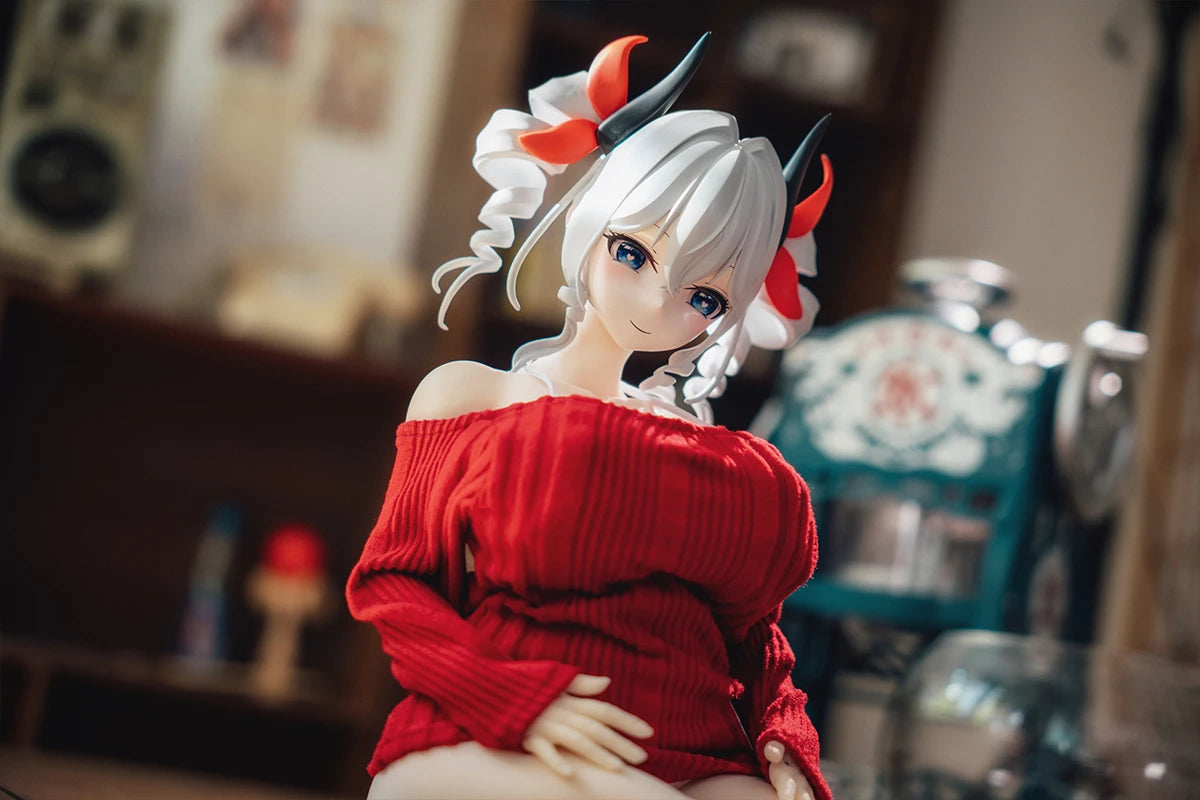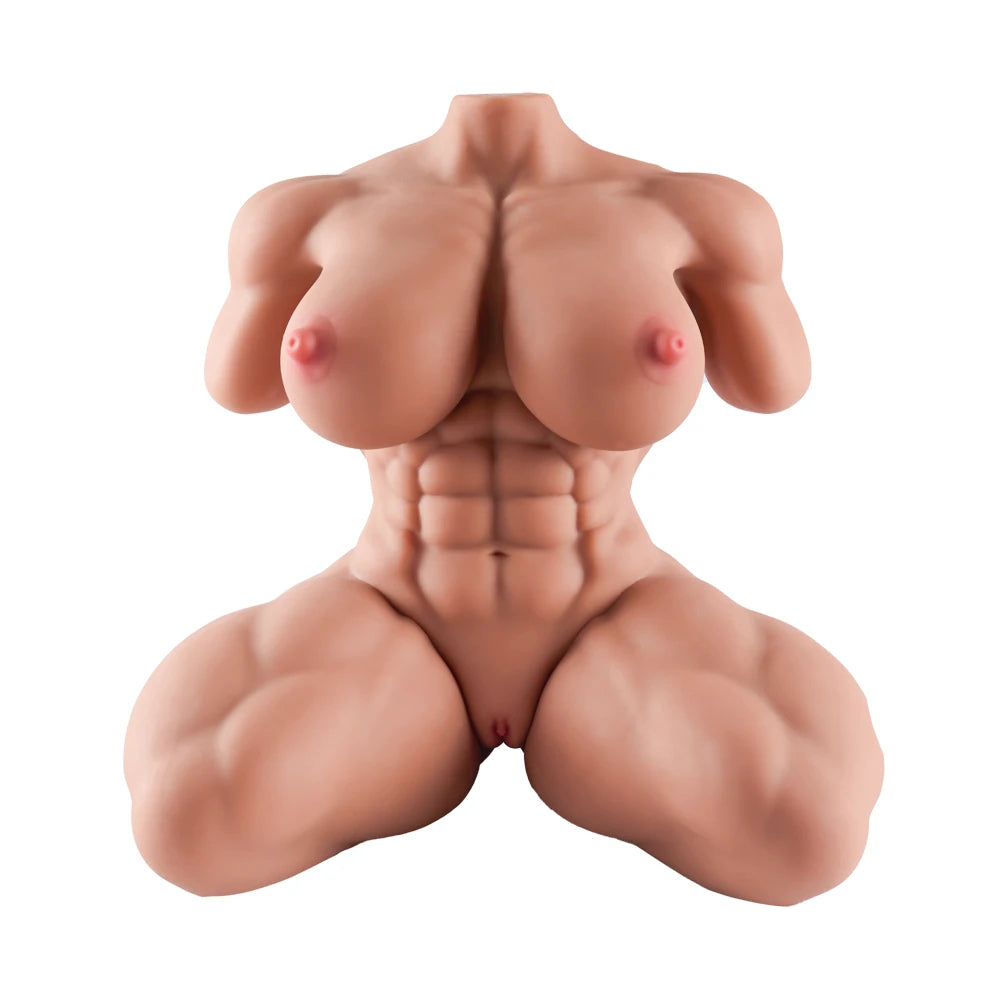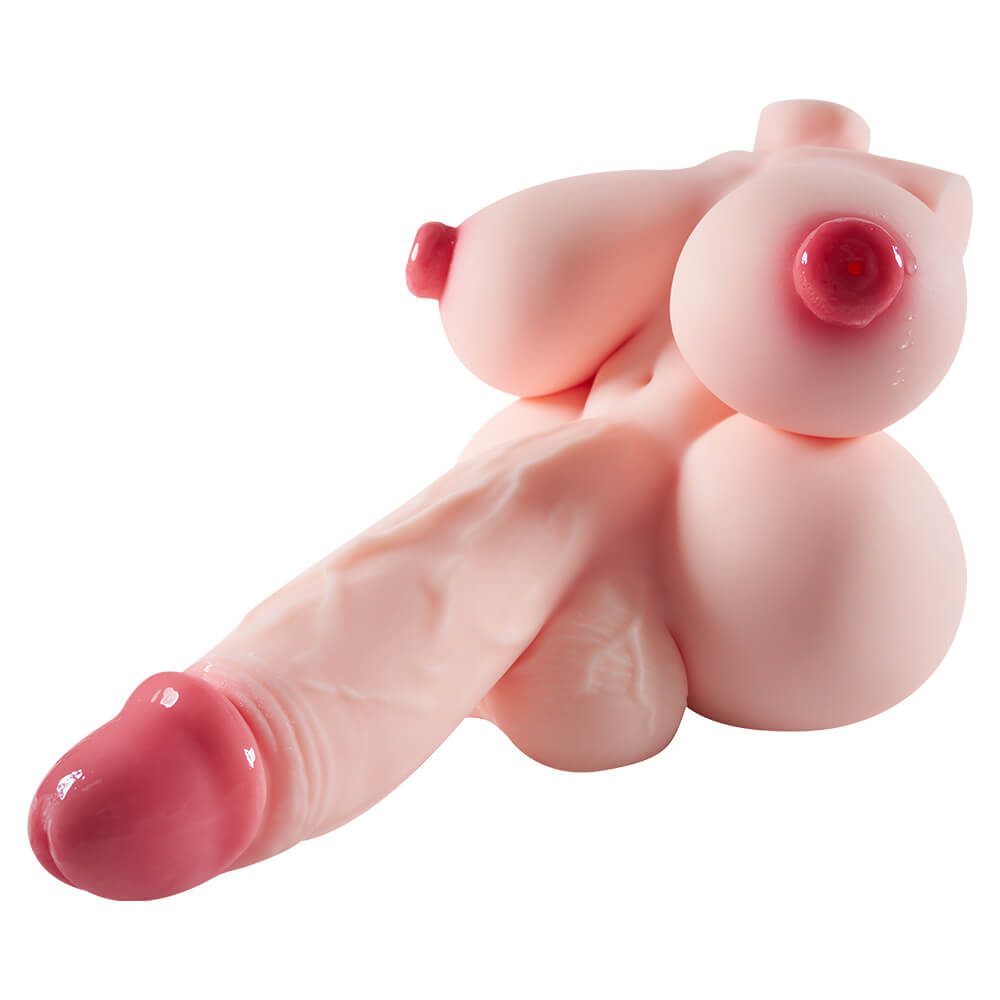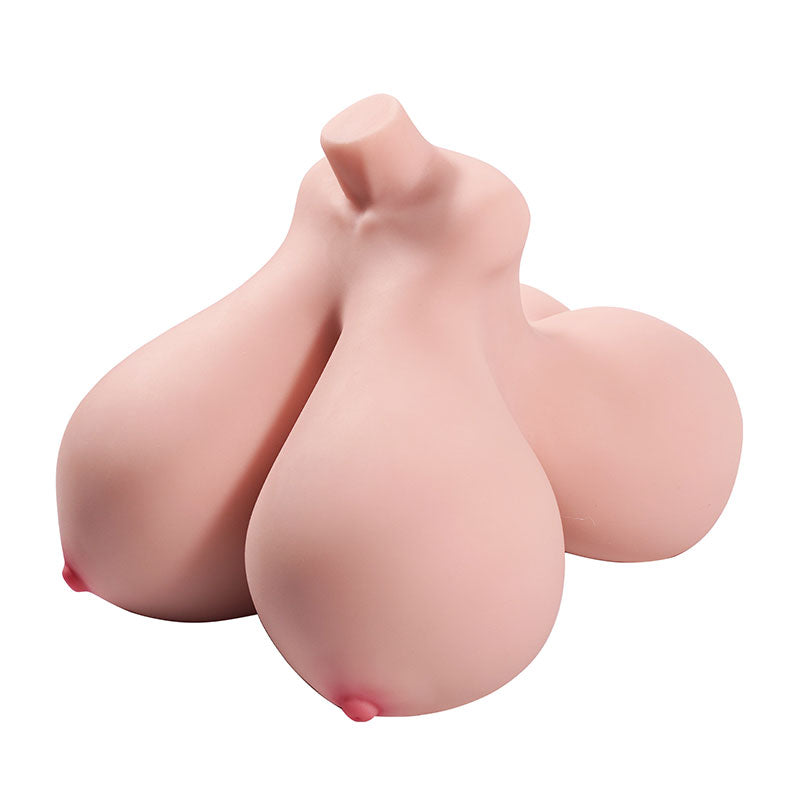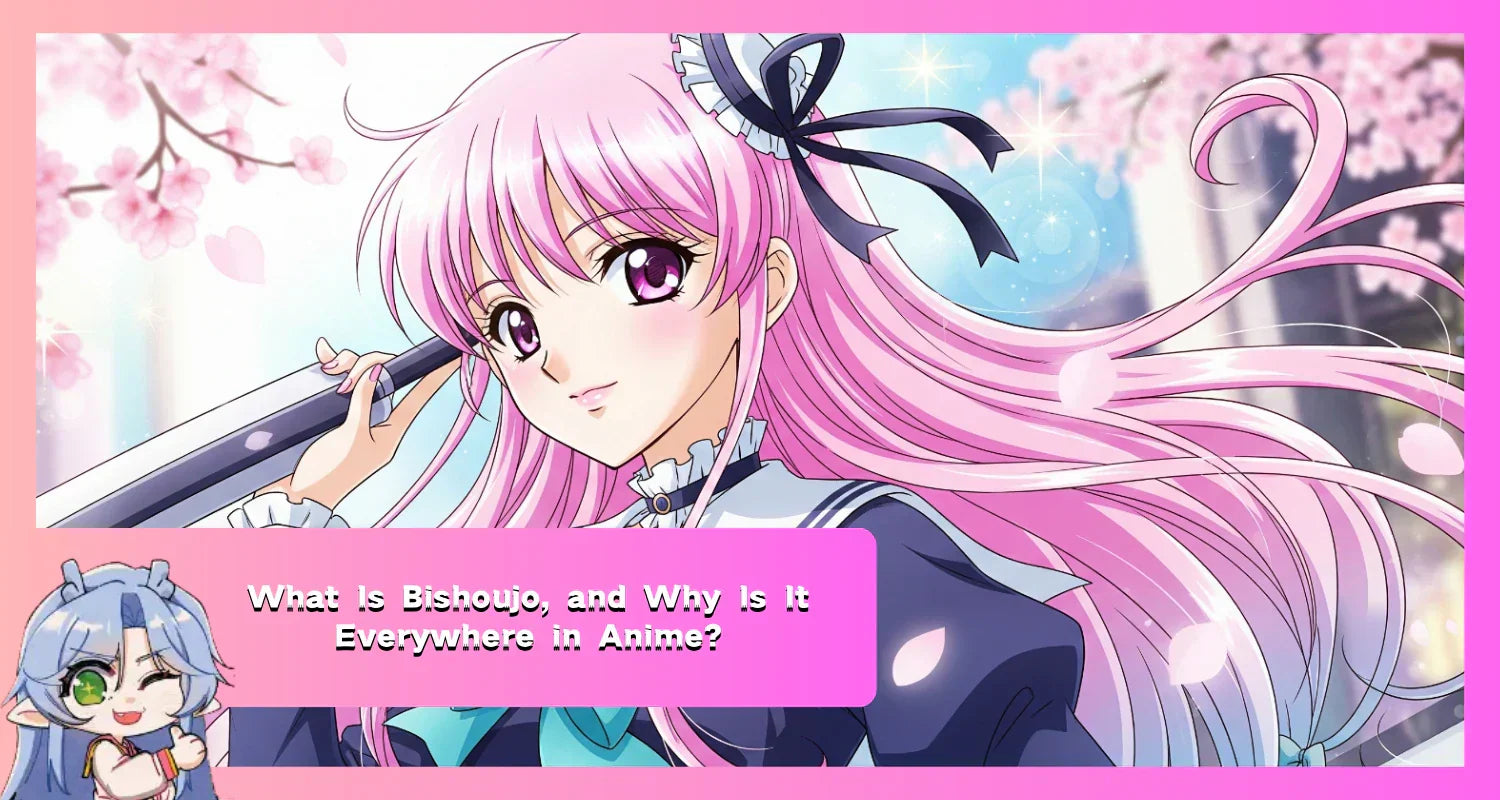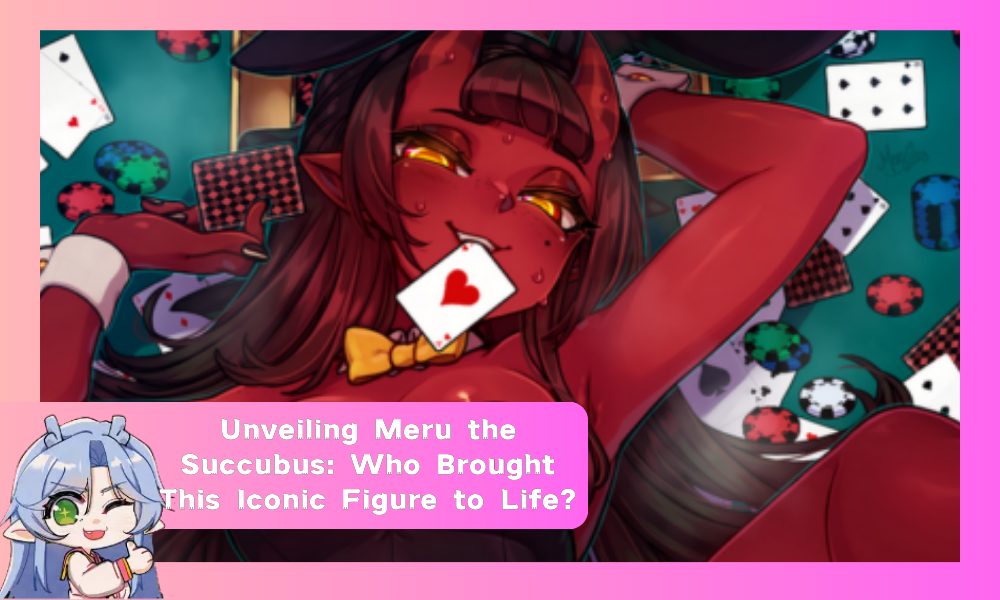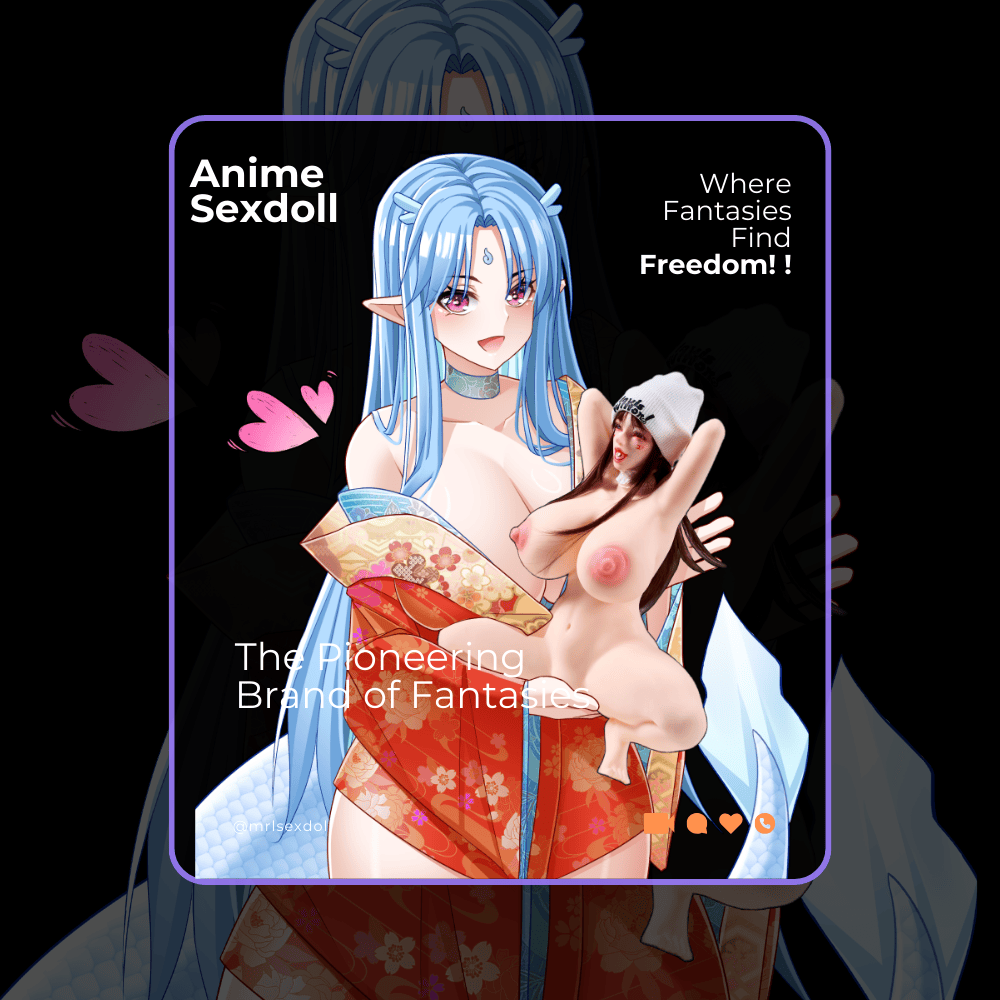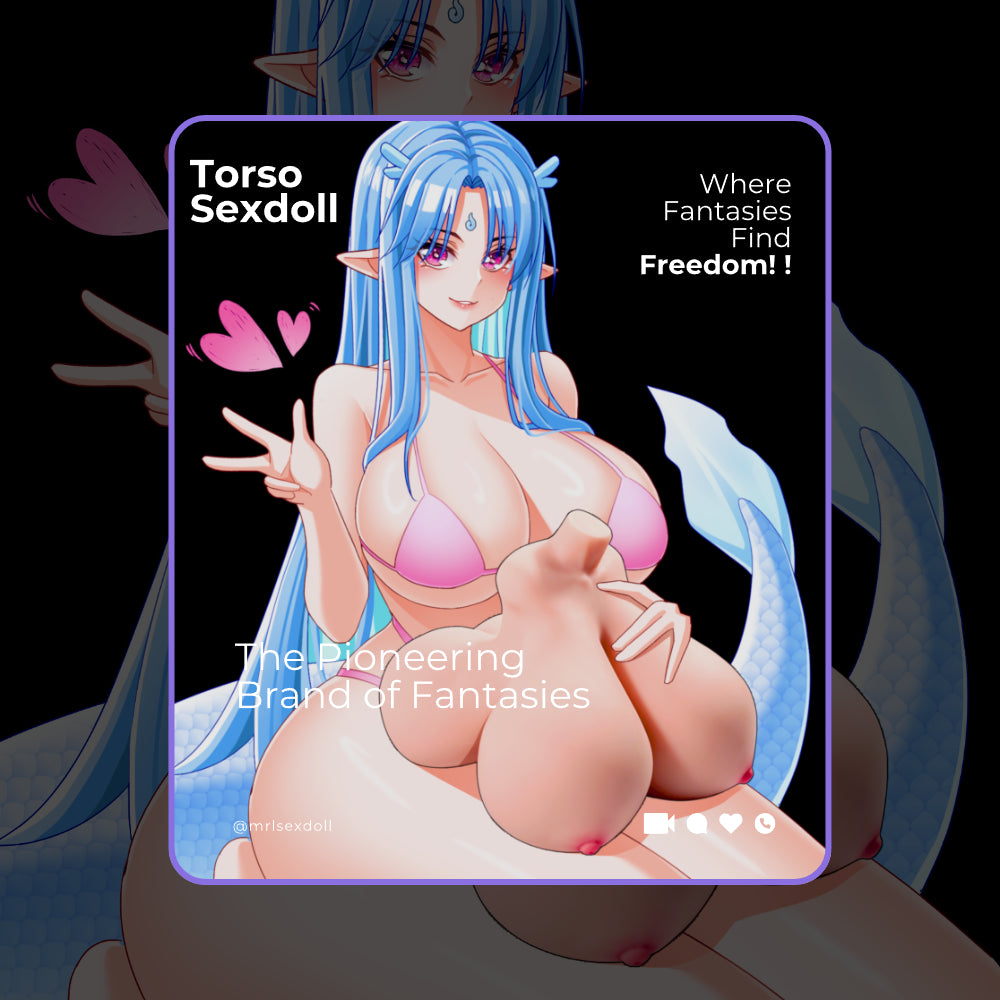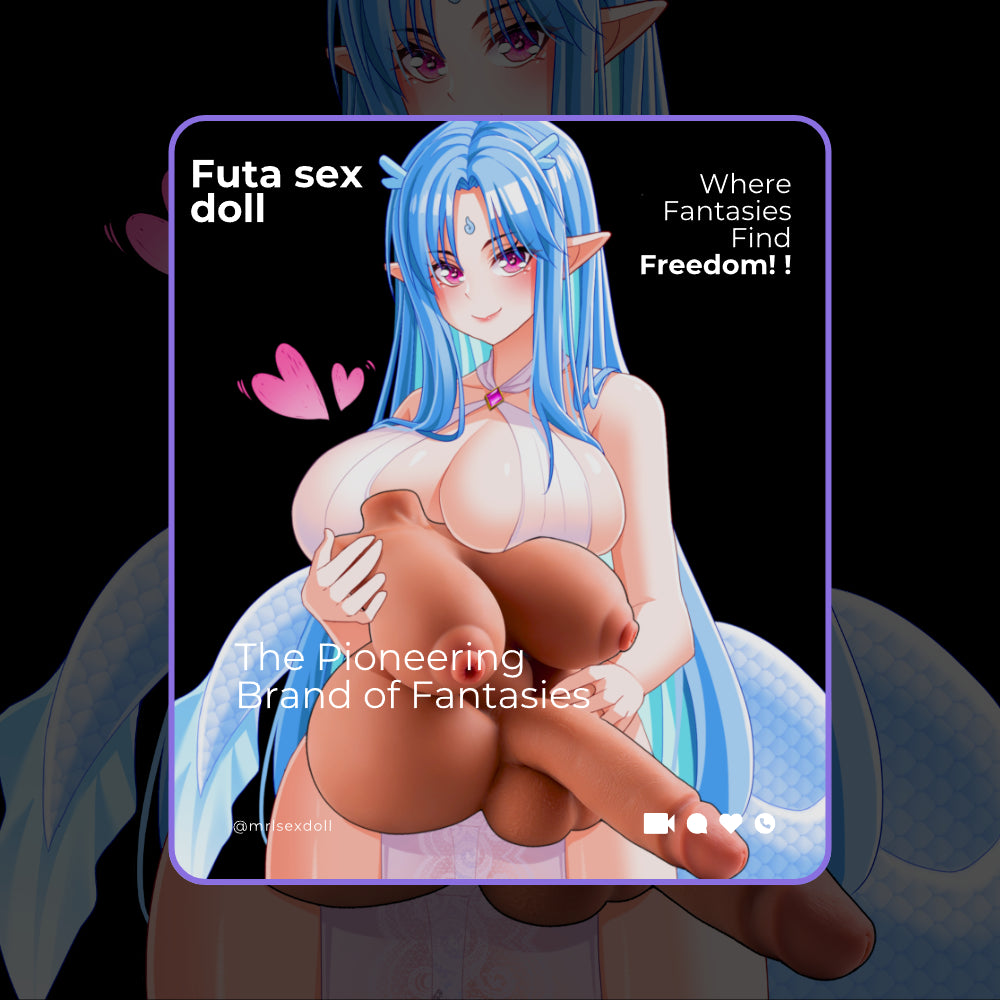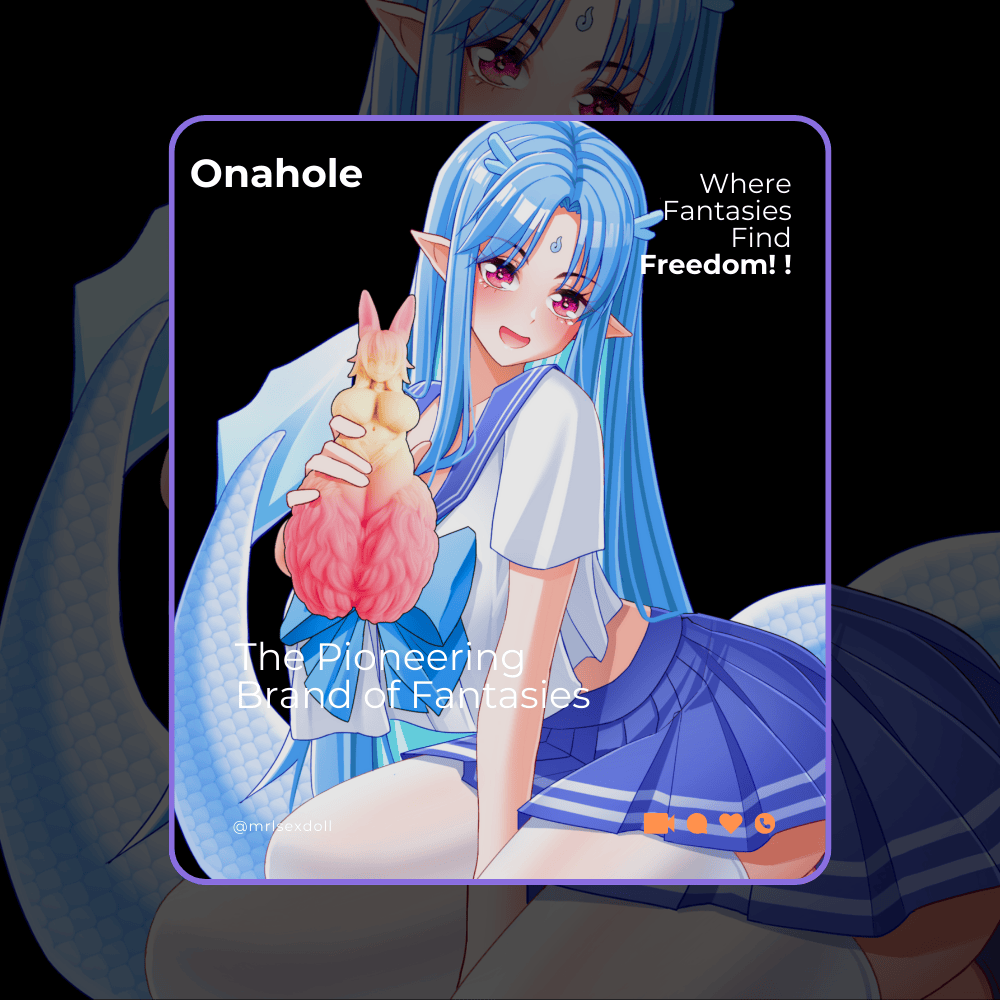What Is Bishoujo, and Why Is It Everywhere in Anime?

If you're a fan of Japanese anime and manga, you've likely come across the word bishoujo. While it literally translates to "beautiful girl," this term represents much more. It's an entire art style, a type of character, and a major force in the entertainment world that has captivated fans for decades. You can see the bishoujo aesthetic everywhere, from the heroines in popular anime to the detailed figures that fans love to collect.
This guide will take you through the world of bishoujo. We'll explore what bishoujo meaning truly is, look at its history, and give you some tips on collecting bishoujo figures. By understanding its past and present, you can get a better sense of this popular and influential art form.
Table of contents:
What Does Bishoujo Really Mean?
In simple terms, bishoujo (美少女) means "beautiful girl" in Japanese. In pop culture, however, it refers to a specific type of character designed to be an idealized, attractive young woman. These characters are common in anime, manga, and video games, and they are a key part of modern fan culture.
A character is called a bishoujo based on her appearance and artistic appeal, not necessarily her personality or story role. This focus on looks has sometimes led to criticism that the style values attractive characters over a good plot. Still, bishoujo characters are often the most popular in a series, helping to drive both viewership and merchandise sales.
To really get it, it helps to know how bishoujo differs from other similar terms.
· Shoujo vs. Bishoujo: These two are often confused. Shoujo means "young girl" and refers to a demographic —manga and anime created for an audience of young girls, often focusing on romance. Bishoujo, on the other hand, is a character style that can appear in any genre, usually aimed at a male audience.

· Moe vs. Bishoujo: Moe is a feeling of affection and protectiveness a fan feels toward a character, who is often cute and innocent in a childlike way. While a bishoujo character can also be moe, bishoujo is about being beautiful or "sexy," while moe is about being adorable and "cute."

· Waifu vs. Bishoujo: Waifu is a slang term fans use for a fictional character they have a special affection for, almost like a fictional wife. It's a personal declaration of fandom. Any female character can be a fan's waifu , and many popular waifus also happen to be bishoujo characters.

The History of the Bishoujo Art Style
The bishoujo art style didn't just appear out of nowhere. Its roots can be traced back through hundreds of years of Japanese art, changing with new trends and technology.
From Woodblock Prints to Manga
The earliest relatives of the bishoujo can be seen in ukiyo-e woodblock prints from the Edo Period (1603-1868). A popular type of ukiyo-e was bijin-ga, which means "pictures of beautiful women." These prints often showed famous courtesans and other beauties of the time. Artists like Kitagawa Utamaro became masters of this style, creating idealized portraits that set the stage for depicting female beauty for a wide audience. These prints used bold, flat lines and focused on fashion, elements that would later influence manga.

As Japan modernized, illustrators like Nakahara Junichi became famous for drawing girls with large, expressive eyes and delicate features, which directly influenced the bishoujo style we see today. This shows how the ideal of the "beautiful girl" has always adapted to the popular media of the time.
The 1980s Boom
The 1980s was a key period when the bishoujo style became what we know today, mainly to appeal to a growing audience of male fans (otaku). Manga artist Hideo Azuma moved away from the gritty, realistic art that was common at the time and created a new style with clean lines and cute, appealing characters. This style was sometimes called kawaii ero , or "cute eroticism."

This new art style laid the groundwork for the modern bishoujo. Series like Urusei Yatsura became huge hits, creating the "harem"genre where a normal male character is surrounded by many beautiful girls. This era cemented the bishoujo as a central part of fan-focused entertainment.
A Guide to Collecting Bishoujo Figures
For many fans, loving a bishoujo character leads to wanting a physical version of them. This has created a huge market for bishoujo figures. Collecting a figurine bishoujo is a popular way to show your passion for a character, turning them into a piece of art for your own space.
If you're new to collecting, here are the main types of figures you'll find:
· Scale Figures: These are high-end, detailed statues. They are made to a specific scale (like 1/7 or 1/8 of the character's actual height) and are known for their amazing quality and paintwork. They are not posable but are considered works of art. They are also the most expensive, often starting at over $100.

· Nendoroids: Nendoroids are cute, "chibi"style figures with large heads and small bodies. They are highly customizable, with extra faces and parts that let you create different poses. They are a more affordable and fun way to start collecting.

·Prize Figures: These are the most budget-friendly figures. They are often made as prizes for arcade machines in Japan but are also sold in stores. Their quality has improved a lot in recent years, making them a great option for new collectors.

·3.0 Anime Figures: These are posable action figures made by Mrlsexdoll. They offer a good balance of detail and flexibility, with joints that allow for many different dynamic poses.
Tips for Collectors
When you start collecting, it's good to know which brands are trusted. Also, be aware of bootlegs, which are cheap, illegal copies. Signs of a fake figure include a very low price, messy paint, and cheap-looking plastic. To be safe, always buy from official or reputable retailers.
Fantasy Bishoujo: A Modern Trend
The bishoujo style is always evolving, and one of the most popular new types is the fantasy bishoujo. This subgenre puts beautifully designed female characters in fantasy worlds, where their good looks often play a key role in the story.

A great example is the anime Life with an Ordinary Guy Who Reincarnated into a Total Fantasy Knockout (often called Fabiniku). The story is about a man who is reborn as a perfect bishoujo in a fantasy world. His new beauty causes all sorts of funny and awkward problems, especially since it makes everyone fall in love with him.
Artist-Driven Creations
The fantasy bishoujo concept also allows for unique and creative designs outside of mainstream anime. Independent artists and specialized companies often work together to create figures that cater to very specific tastes. This trend shows how fan culture has become more specialized, with niches for almost every interest.
This is where you see unique collaborations, like the detailed Akeno: Nyakumi Co-branding Hentai Figure , which brings a specific artist's vision to life for a dedicated fanbase. These kinds of projects focus on faithfully recreating an artist's original design, serving fans who are looking for something unique that speaks to a particular style.
FAQ: Your Questions About Bishoujo Answered
What's the difference between a bishoujo figure and a regular anime figure?
Bishoujo is a specific style of figure focused on the "beautiful girl" look. "Anime figure" is a much wider term that includes any character, like males, robots, or monsters. So, all bishoujo figures are anime figures, but not all anime figures are bishoujo .
Is collecting bishoujo figures expensive?
It can be, but you can find figures at almost any price point. Prize figures are affordable, often under $50. Nendoroids and Figmas are usually in the middle range. High-end scale figures are the most expensive and can cost several hundred dollars or more.
How can I spot a fake bishoujo figure?
Look out for a few red flags. A price that seems too good to be true is a major one. Other signs are bad paint jobs, cheap plastic, and strange packaging. The best way to avoid fakes is to buy from trusted sellers and well-known brands.
Who are some of the most popular bishoujo characters for figures?
Popularity often follows big franchises. Characters from fighting games like Street Fighter (Chun-Li) and comic books like DC Comics (Harley Quinn, Poison Ivy) have been popular for years. More recently, characters from new hit anime, like Chisato from Lycoris Recoil, have become best-sellers, showing that new fan favorites are always emerging.

